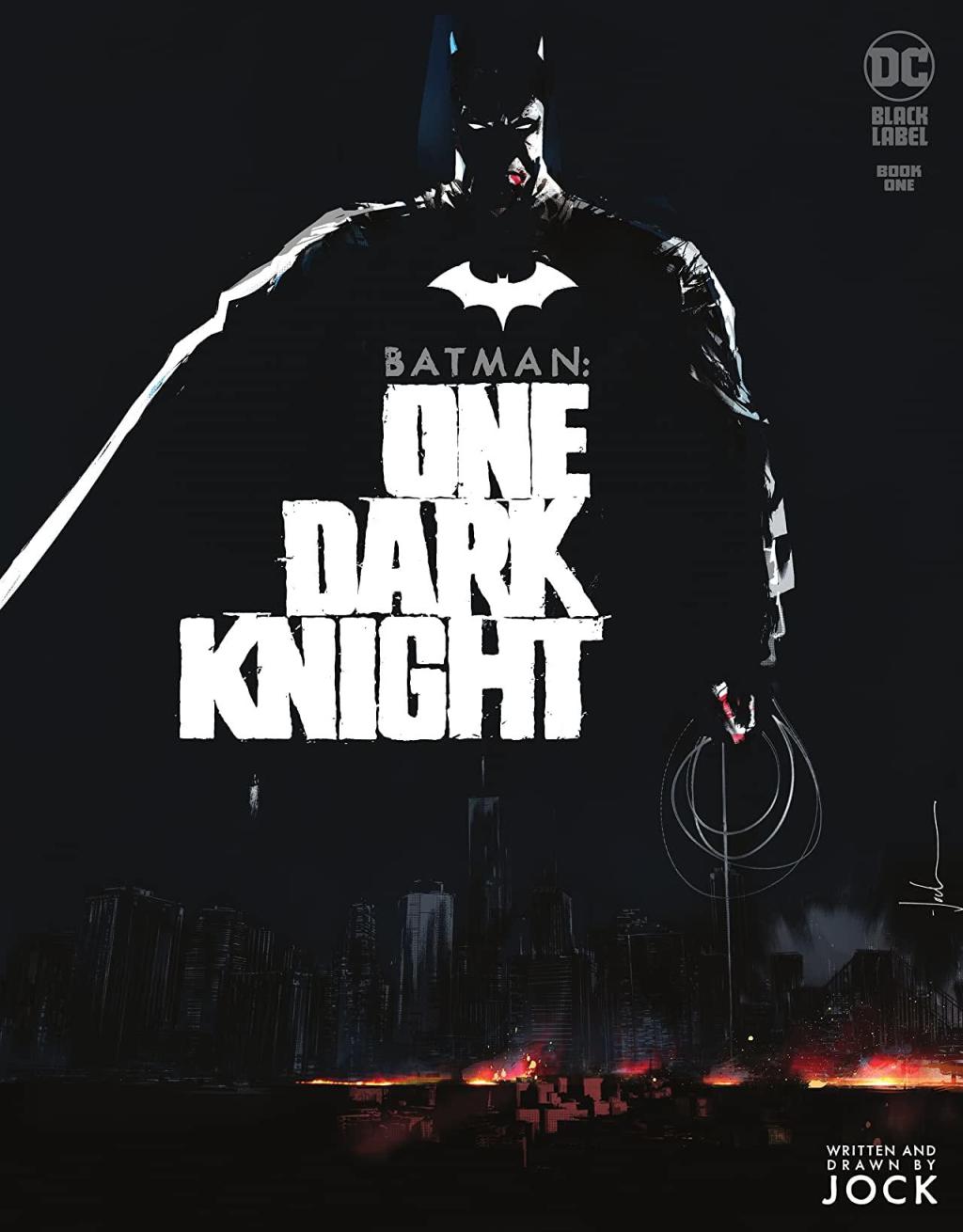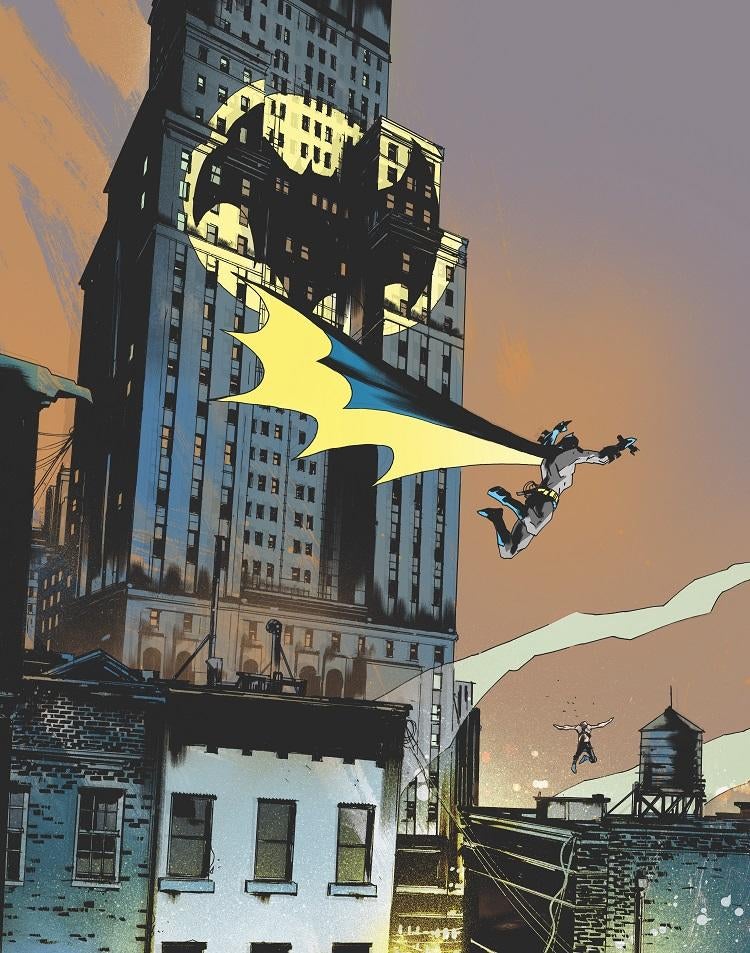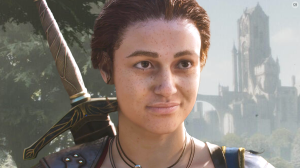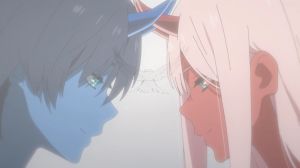Renowned artist Jock, known in comics for work on Batman: The Black Mirror, The Batman Who Laughs, and more, has written his first Batman comic. We previously spoke to Jock about conceiving and creating. The miniseries tells the story of a single night in Batman’s life defending Gotham City, a single night that happens to go very, very wrong for Gotham’s caped crusader. The first issue of Batman: One Dark Knight hit store shelves this week, making this the perfect time to share the rest of what we spoke to Jock about, digging into the first issue of the series in more specifics.
Videos by ComicBook.com
However, be warned, the interview includes some minor Batman: One Dark Knight #1 spoilers. Here’s what Jock had to say:

As you alluded to, people think of you primarily as a gritty noir artist, particularly when it comes to Batman, thinking of your work on The Black Mirror. Reading this first issue, I definitely got more of an almost action thriller kind of feel. Were you making a point of trying to do something different and trying to go a little more visceral and a little less cerebral on this one?
Jock: You’re right about my choice, but I didn’t do it for that reason. I haven’t written a great deal of stuff, so I wanted to choose something like a small, tight, contained story that I knew that I could tell well. Rather than being too over ambitious and then maybe trip up, I wanted to do something that I knew that I could handle and hopefully tell it in a cool and interesting way so we still get the pathos and the elements that we all love about reading a story that makes us care about the characters and all that stuff. But the initial spark was just dropping Batman into Gotham City with none of his support, none of his toys. His utility belt’s all been used up. He’s got no contact with Alfred. He’s got none of his toys.
And what we find, throughout the story, is he’s maybe got a little bit too used to those things, and in fact, the blackout, the dark Gotham, that’s why Batman is who he is. He loves it. And he comes to realize, throughout the story, even though it’s an incredibly tough night, he’s stripped away of all his support, and it’s really just down to Batman, the Dark Knight, and that was something that I wanted to do.
Certainly, the first issue is more of a propulsive, action kind of thing, and I was trying to get a really good rhythm into the pages and the storytelling. But I was going off of just, once the blackout idea came, I thought, okay, we need to get him from point A to point B and that should be an exciting night for the reader. Now, not necessarily for Batman; it’s a bit of a nightmare for Batman. So that was my thinking. But it wasn’t anything, consciously, to get away from what readers would think my Batman would be because I still adore all that stuff about him. And, as I say, I’m pretty sure that that will still be in there, even though issue one is a setup issue. At the end of issue one, we get to the point where, okay, he’s alone in Gotham, here we go, kind of thing.

Multiple pages show a map of Gotham City as well. They seem to support Batman’s relationship with Gotham City as one of the series’ thematic pillars.
Yeah, for sure. I wanted to make it as clear a story as possible. I want the reader, at all times, to know exactly what’s at stake, exactly where he needs to go, and exactly where he is. And the map motif, which I’m not planning on overusing, does appear twice in the first issue because the first one is Gotham cooking in the early issue. And the second one is, oh, damn it, it’s blacked out, and he’s still got to get from here to here. So I’m probably going to use elements of that to show the threat that Batman and EMP are under throughout the night. Gotham is as much a personality in the story, I think, as Batman and the characters that we meet. I think Gotham is a massive part of what makes Batman who he is, and I wanted to exploit that in this story, for sure.
The relationship between Gordon and Vasquez in that first issue is one thing that drew me into the story. They don’t interact with Batman directly at all in the first issue. Can you talk at all about that subplot and how it relates to the book’s overall plot and overarching themes?
Vasquez is a main character, to say the least, and I’m pleased that you’ve picked up on their relationship because it was tricky to get right, again, because I’ve not written a great deal of stuff. The fact that she’s so volatile with Gordon, that could easily go wrong. But she’s a major player in the book, and we find that more in issue two, what she’s up to. The little kid, Brody, that we meet in the issue, after he sees Batman and EMP come crashing onto the fire escapes, Brody’s eyes start glowing in a similar way to EMP. There’s a connection there that Vasquez is very much part of. I’m looking forward to mining that in issues two and three, because she’s a dominant character, both in the story and in the way that she throws herself about in Gotham, much to Gordon’s dissatisfaction.
I thought the panel staring at Bruce Wayne’s empty seat was interesting because it suggests that her relationship with Bruce Wayne and her relationship with Batman are not necessarily the same, whether she realizes it or not.
Part of the fun of a secret identity is how people are going to view each element of your character in a different way. And she’s a troubled character, but my thinking was just that, in her early life, the Wayne Foundation was there to support her. But she clearly doesn’t like Batman as a situation in Gotham, and so, again, I’m looking forward to playing with all that stuff as we go forward.

You introduce a new villain, EMP, in this issue. What can you say about him and what he adds to Batman’s rogues’ gallery?
We’ve seen villains that can feed on electricity, but EMP feeds on emotional energy. He feeds on all kinds of energy, so he’s far more rooted in, for want of a better word, the universe than maybe if it’s just electric or it’s just power or it’s just this or that. But, unfortunately, because he’s a human, he’s got to the point in his life where he can’t control it. Well, as we see in issue one when he’s out in the open, it overpowers him, and he’s almost like a moth to the flame, trying to get his next hit of the juice that he needs. And the last time this happened, which I hint at in issue one, something very bad happened, which was worse than just the blackout. So we’re going to get into that in issue two, and, hopefully, that will lead into issue three with a nice resolution.
He, very early on, became what I wanted to do. The readers might think that he’s a villain, and he is, but he’s a little bit more tragic than that. And I’m hoping to play with the idea that the reader wants Batman to actually get there, to get to the resolution so he actually keeps EMP safe as well as Gotham. And there are other characters that are more traditionally out for evil doings.
EMP feeding on emotional energy somewhat turns him into an avatar of Gotham’s emotion. You were talking about Batman’s relationship with Gotham, and he feels like a bridge there, almost a pressure valve for what’s affecting the city.
That’s exactly right. I felt like he should be — I don’t want to say metaphor because that’s a bit wishy. But you’re right. He represents something about Gotham and the society that we all live in currently, obviously, as well. And Vasquez represents another side of that, and I was certainly trying to bring that out in those characters.
Batman: One Dark Knight #1 is on sale now. This interview has been edited for clarity and flow.








